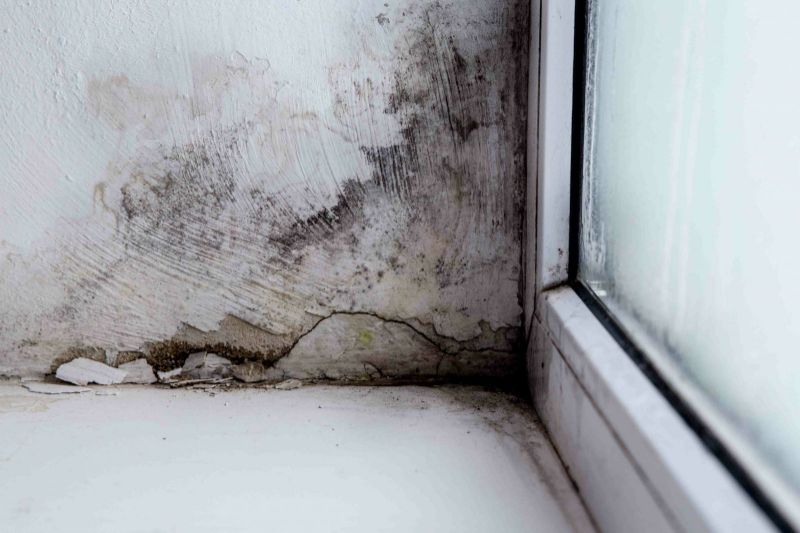When it comes to controlling mold growth in the home, you will find that there is one key thing to remember and that is moisture control. Mold is not a word a homeowner wants to hear.
Mold spores in a home can spread quickly and can grow almost anywhere and on any surface, including the carpet, drywall, inside the walls, and other hard to reach areas.
Mold is a hard thing to eradicate and can become quite costly depending on the severity of the mold growth. It can also go as far as compromising your health and the health of your family.
For all these reasons and so much more, it is imperative to learn how to prevent mold growth in the home and maintain a healthier environment.
Identify Problem Areas
One of the first things to do is go around the home and identify any problem areas that may exist. You can't necessarily mold-proof a home, but you can definitely work on making it more resistant to mold growth.
If you noticed any condensation on windows, a water stain, or there is a ceiling leak, these are all areas that need further inspection. You may need to work on cleaning out your gutters, installing mold-resistant products, or ripping up carpet in damp areas.
Dry All Wet Areas
You don't want to wait to dry up the wet areas you located. If there is no moisture, then the mold can't continue to grow and thrive. All water and wetness should be attended to within 24 to 48 hours of it happening. If the water damage is severe and the water is too excessive, you will need to remove carpeting and other surfaces that cannot be properly and completely dried.
Proper Ventilation
Without proper ventilation, mold will grow. This can be in the bathroom during a shower, in the kitchen as you cook, or the laundry room as you wash clothes, just as a few examples. If the appliances you are using use any kind of water or moisture, then you need to make sure that everything is properly ventilated.
Mold-Resistant Products
If you are currently renovating your home or you are in the process of a new construction, you should consider installing mold-resistant products like mold-resistant drywall or sheetrock as well as mold inhibitors for paint products.
Traditional drywall is definitely more susceptible to mold and mold growth, and its replacement can prove to be costly and time-consuming.
Monitor the Humidity
Finally, it never hurts to monitor the humidity level inside your home. Indoor humidity should remain between 30 and 60 percent. Doing this will also allow you to better identify any problem areas there may be in the home, as well.
For more information on mold testing and remediation or help with removing excess water following a disaster at home, contact the professionals at Disaster Response. They have the tools and knowledge needed to help put you on the right track.

